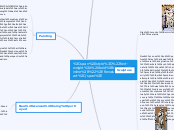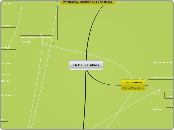av Isaac Burke för 6 årar sedan
687
Renaissance art
During the Renaissance period, art underwent significant transformations, embracing new scenes and themes, many inspired by Biblical or Greek mythology. This era saw artists striving for greater innovation and creativity.









